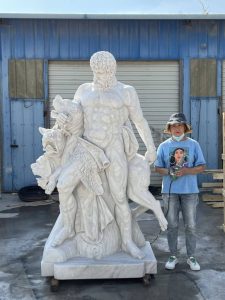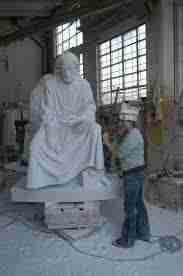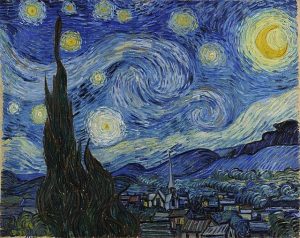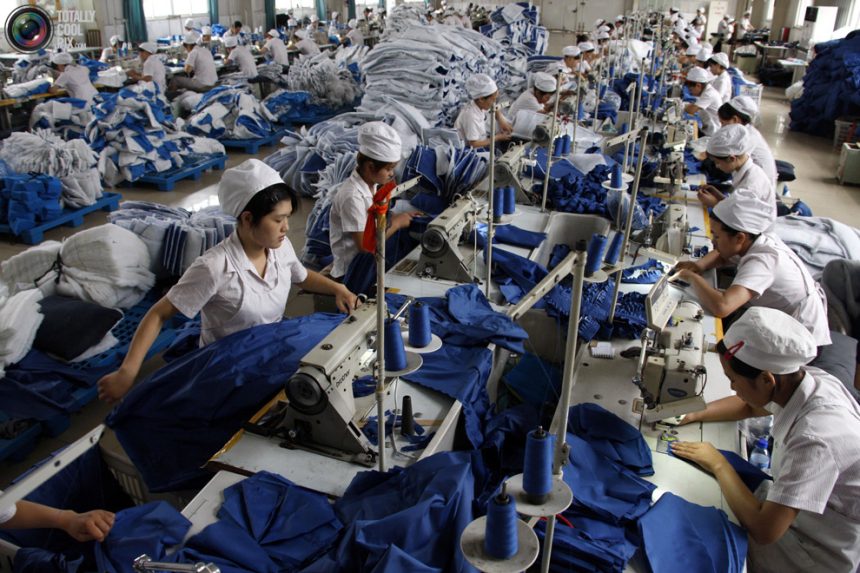Picture yourself in a time when there were no machines. A time when everything, from the carvings on the wood to the metal plates, to the stitching and embroidery of the clothes and bedsheets, was done by human beings, not machines. A time when the handmade was ordinary, not the valued.
Now picture yourself back in your room, where the carpet was made in a factory, the bedsheets are printed by machines, and the wooden door is either plain sheet wood or the carving is without the human touch. Through constant evolution and the desire to make our lives easier, we have lost the essence of handmade things. Art itself has evolved from being a masterpiece that an artist used to spend days and months painting, down to the finest details, to now being a blank canvas with just a blob of paint on the side.
Art and the modernization of everything have led to the deterioration of the qualities human beings used to bring to ordinary things. You could spend hours, days, and even months making and creating something beautiful that speaks for itself. Today, we are willing to pay millions for things that have a “handmade” tag. Why? Because we still value human creativity and are aware of how beautiful we can make things just by spending some time on them.

All around us, we see only machine-made things, whereas man used to make beds from scratch, mold clay into ornaments, carve marble sculptures—all the while having limited resources and tools. But today, when we have the resources and tools, we lean more toward the easy way of assigning machines to do our job. In a way, we are becoming more and more detached from our true selves, and the things around us are losing their warm human touch, which once spoke brilliantly about their masters. True, the rise of industrialization has made many things easier for human beings, and perhaps we can also take into consideration the notion that man’s purpose is to make his life easier. But even so, the originality that once existed in things is now gone, and everyone ends up having the same outfit, the same bed linen, or even the same wooden bench as everyone else.

If we look at the things that make us human, creativity and the creation of art are among the main things. And without our creativity, there is less difference between us and other species. It cannot be denied that creating and building all those machines required another level of creativity, but in terms of art and originality, we are regressing.
Museums: The Remnants of Human Glory
There is a reason why old paintings, such as the Mona Lisa and Starry Night, and the sculptures of Greek and Egyptian gods are kept safely in museums, and even for-sale items are worth millions. It could be because we have admitted that the magic human hands once had has now disappeared, or maybe because we are still hoping that by looking at these masterpieces, we can realize the true potential our hands have and start making masterpieces once again.

Acceptance of the Deterioration
This is not to say that modern art does not entail creativity or thought, but it seems as if we have accepted the fact that the humans who could make things like the Great Pyramids, the statue of Athena, and the Seven Wonders of the World no longer exist. We are the mere ashes left of a fire that once burned so brightly. But let’s not forget that it is not like this everywhere. There are still people who carve beautiful furniture out of wood deep in suburban villages and earn money from it. There are still people who cut out gems by hand and make precious ornaments. However, the number of talented people has withered with time, and it is feared that it will continue to wither if true art is not appreciated or valued. Let us not forget our roots and the power our hands hold. Appreciate the works of hand the next time you see one.
















